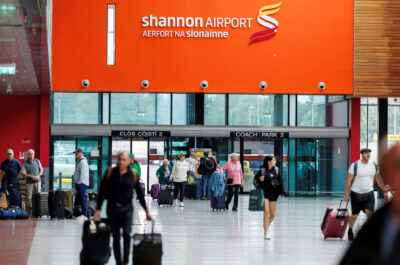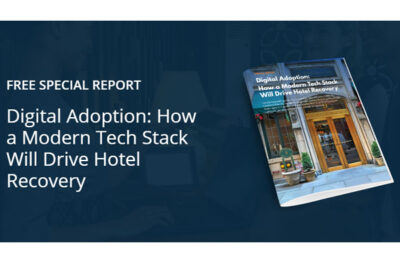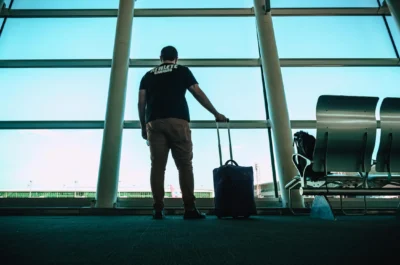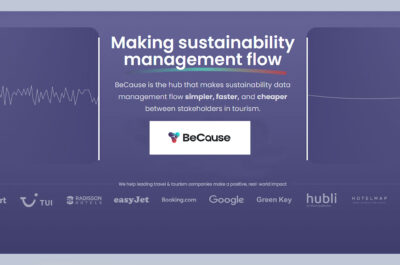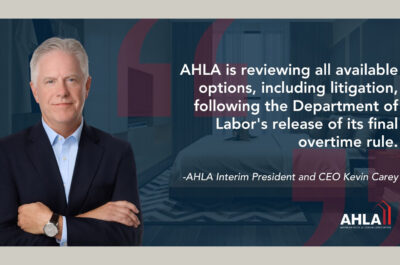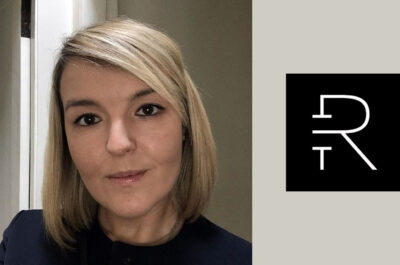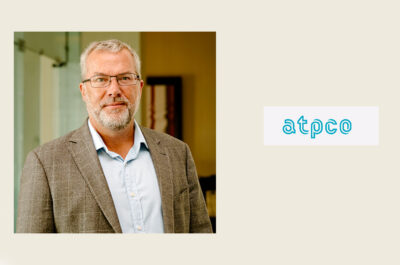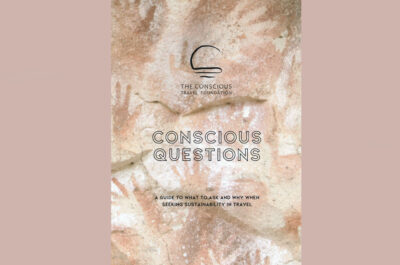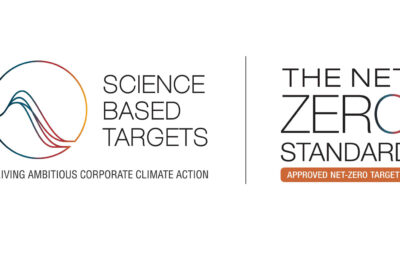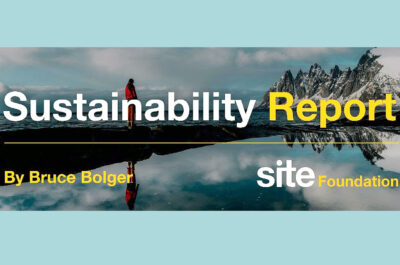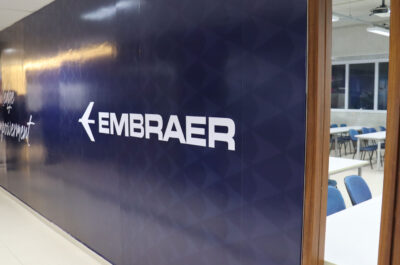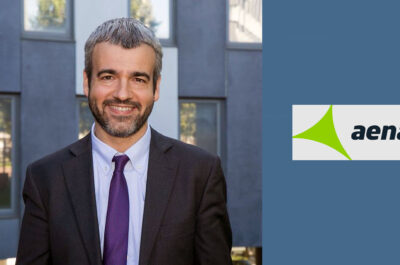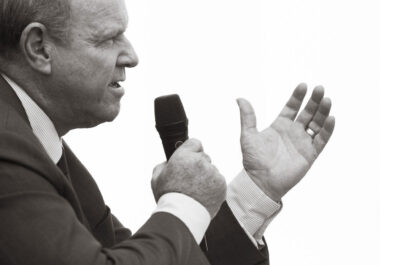After 9/11 and again after the 2008 financial crash, when hoteliers were in similar situations, they handed inventory over to OTAs at deep discounts to get “heads in beds,” and soon distribution partners held more power over inventory than the suppliers themselves.
CLE Content and Hotel Recovery 2020 published “Special Report: A Clean Start to Hotel Distribution Post COVID-19,” in which we talk to leading hotel revenue, marketing and distribution experts from across the industry about the short- and long-term prospects for hotel distribution.
As hospitality rebounds from an unprecedented shutdown, hoteliers are in some ways starting from scratch, and the temptation is there to fill rooms with any available demand. In this report, experts discuss why recovery hinges on operators remembering past lessons and remaining steadfast on optimizing distribution and channel mix.
One area hoteliers have made significant progress over the past decade is building collaborative revenue, marketing and distribution strategies. Revenue and marketing departments often team on distribution strategy, which includes partner negotiations, optimizing channel mix, executing a loyalty strategy, sending profitable promotions, etc. Collectively, hotels have improved by using data to make more profitable distribution decisions, which has become a critical part of the long-term success of a hotel.
The fear is, however, that with coronavirus effectively forcing hoteliers to hit the “reset” button, many will go back to their old tendencies. After 9/11 and again after the 2008 financial crash, when hoteliers were in similar situations, they handed inventory over to OTAs at deep discounts to get “heads in beds,” and soon distribution partners held more power over inventory than the suppliers themselves.
Here are six highlights from “A Clean Start to Hotel Distribution Post COVID-19:”
1. “In terms of demand, we’re starting from scratch, so it’s understandable that many hotels are courting whatever demand they can find, however they can find it,” says industry veteran and SHR CEO Rod Jimenez.
2. Early recovery data from Kalibri Labs shows ADR and occupancy are growing in primarily two rate categories: OTA and Loyalty Member Rates, a big change from previous downturns where OTA dominated the recovery in the early stages.
3. A look at the state of OTA partners, which face pressure from slipping commissions and revenues as well as a newcomer in the space: Google. Expedia discusses it’s program to help lodging suppliers maximize cashflow through reduced compensation and extended payment terms.
4. Dori Stein, CEO of Fornova, says OTAs will be critical to recovery as they are popular with driving travelers and those looking for value, both key sources of demand for roadside hotels that are experiencing the first upticks in business. Stein says that cooler heads will prevail during the crisis, led by the efforts of the larger chains, which will reveal a divide between hotels that focus on channel mix and those that do not.
5. While demand has shrunk across the board, measuring the recovering demand to understand what segments, channels and locations are picking up first will be critical. “This is what we’ll use to rebound,” says Johnathan Capps of Charlestowne Hotels. “A wholesale strategy of lowering rate doesn’t buy it. It’s truly about doing due diligence of rate positioning and inventory and distribution controls.”
6. Fortunately this situation won’t last forever, SHR’s Jimenez says. As the industry begins its recovery, he suggests hoteliers become agile and resilient, adapting to where the demand is. Driving direct business should always be the goal, he says, but it’s important to realize that you simply cannot stick to goals for direct bookings that were made at the beginning of the year.
Tatiana is the news coordinator for TravelDailyNews Media Network (traveldailynews.gr, traveldailynews.com and traveldailynews.asia). Her role includes monitoring the hundreds of news sources of TravelDailyNews Media Network and skimming the most important according to our strategy.
She holds a Bachelor's degree in Communication & Mass Media from Panteion University of Political & Social Studies of Athens and she has been editor and editor-in-chief in various economic magazines and newspapers.



